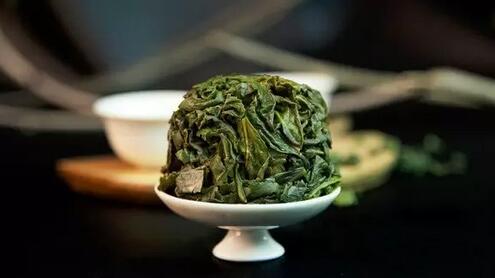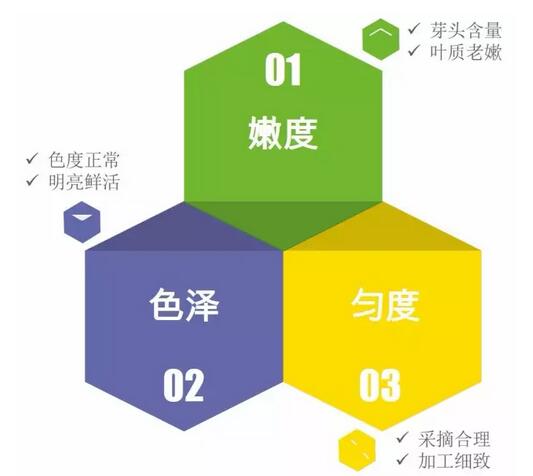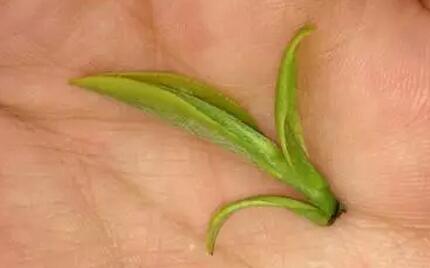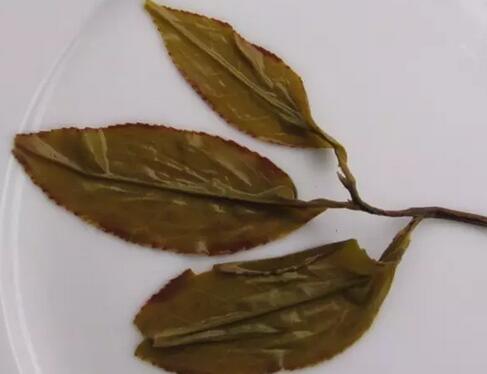
Observing dry tea leaves, smelling the aroma, and tasting the flavor are how most people appreciate tea. But sometimes, you might notice a tea enthusiast quietly examining the spent leaves after everyone has finished drinking.
Don’t underestimate that person playing with the leaves—they might be a true tea master.
It’s said that a single spent leaf can reveal a tea’s entire life. Is this true? Let’s explore.

What can we learn from spent tea leaves?
Spent tea leaves are the residue left after brewing. When steeped, the leaves absorb water and expand, returning to their original shape. A tea’s journey—from picking to processing and storage—can be fully exposed through these leaves.
Examining spent leaves focuses on three aspects: tenderness, color, and uniformity.

① Tenderness
Tenderness refers to the proportion of buds and young leaves in the tea, as well as the overall maturity of the leaves.
Many teas, before brewing, are hard to assess for bud and young leaf content due to processing techniques. Spent leaves make this easier. Spread a few leaves flat, and you can determine the plucking standard—whether it’s single buds, one bud with one young leaf, or one bud with two or three leaves.
To judge the overall maturity, use your eyes and fingers. General guidelines:
Ⅰ. Soft, flexible leaves indicate tenderness; stiff leaves that spring back when pressed are mature.
Ⅱ. Smooth, non-protruding veins suggest youth; raised, tactile veins indicate age.
Ⅲ. Gentle leaf edges with subtle serrations are young; pronounced serrations are mature.
Ⅳ. Thick, soft leaves are ideal, indicating tenderness and rich content, often from high-mountain tea. Thin but soft leaves are average, usually from plantation tea. Thin and hard leaves are the poorest.

② Color
The color of spent leaves directly reflects the quality of the tea’s raw material and processing. Comparing multiple teas side by side is best, as lighting and environment can skew perception.
General principles for color assessment:
Ⅰ. The color should be normal—typical for the tea type. For green tea, bright green, yellow-green, or emerald green is best; dark green is inferior, and bluish-green is worst (indicating purple bud tea). Spots (from rainy harvest), burnt leaves, red leaves, red stems, or mushy leaves are flaws.
Ⅱ. Brightness! Brightness! Brightness! Brightness means vibrancy, richness, and vitality. It’s hard to describe but unmistakable once seen. Think of the luminous green of spring buds after rain—full of life, unlike summer or autumn foliage.
③ Uniformity
Uniformity is the least critical of the three. It refers to consistency in maturity, size, thickness, and fragmentation.
This reflects harvesting and processing discipline. Haphazard plucking results in uneven leaves. Mixing leaves from different batches or regions during processing also leads to inconsistency.
Poor uniformity signals careless production.

④ Other Factors
Also note the leaves’ expansion after brewing.
Most teas undergo rolling or shaping during processing. Well-made leaves will naturally unfurl when steeped, reverting to their original form. Heavily rolled teas like oolong tea may remain slightly curled, which is normal.
However, leaves that spread flat like paper or stay tightly balled indicate flawed processing. For example, some rock teas are heavily roasted to mask defects—their spent leaves will appear either stiff and dark or limp and lifeless.
Finally, don’t discard the spent leaves. Let them sit and revisit their "cold aroma" later. This scent is a key indicator of a tea’s excellence, applicable to green tea, black tea, and oolong alike.
After reading this, do you also feel like playing with tea leaves?